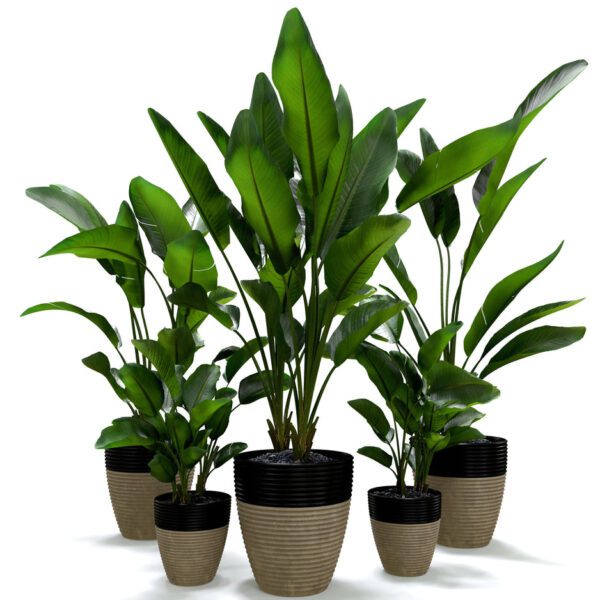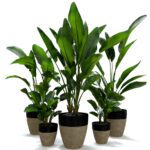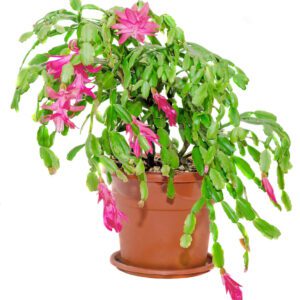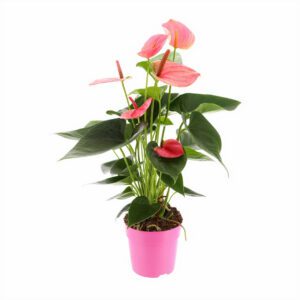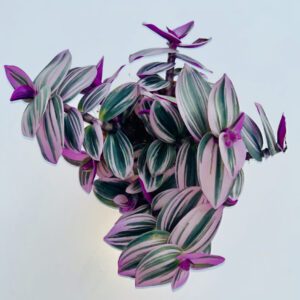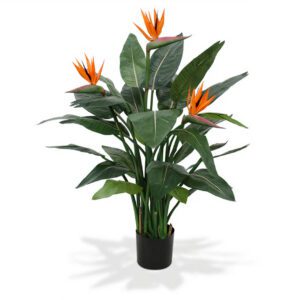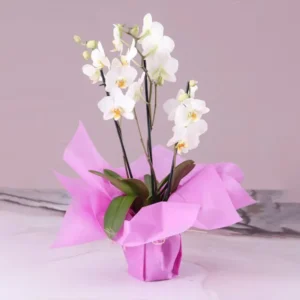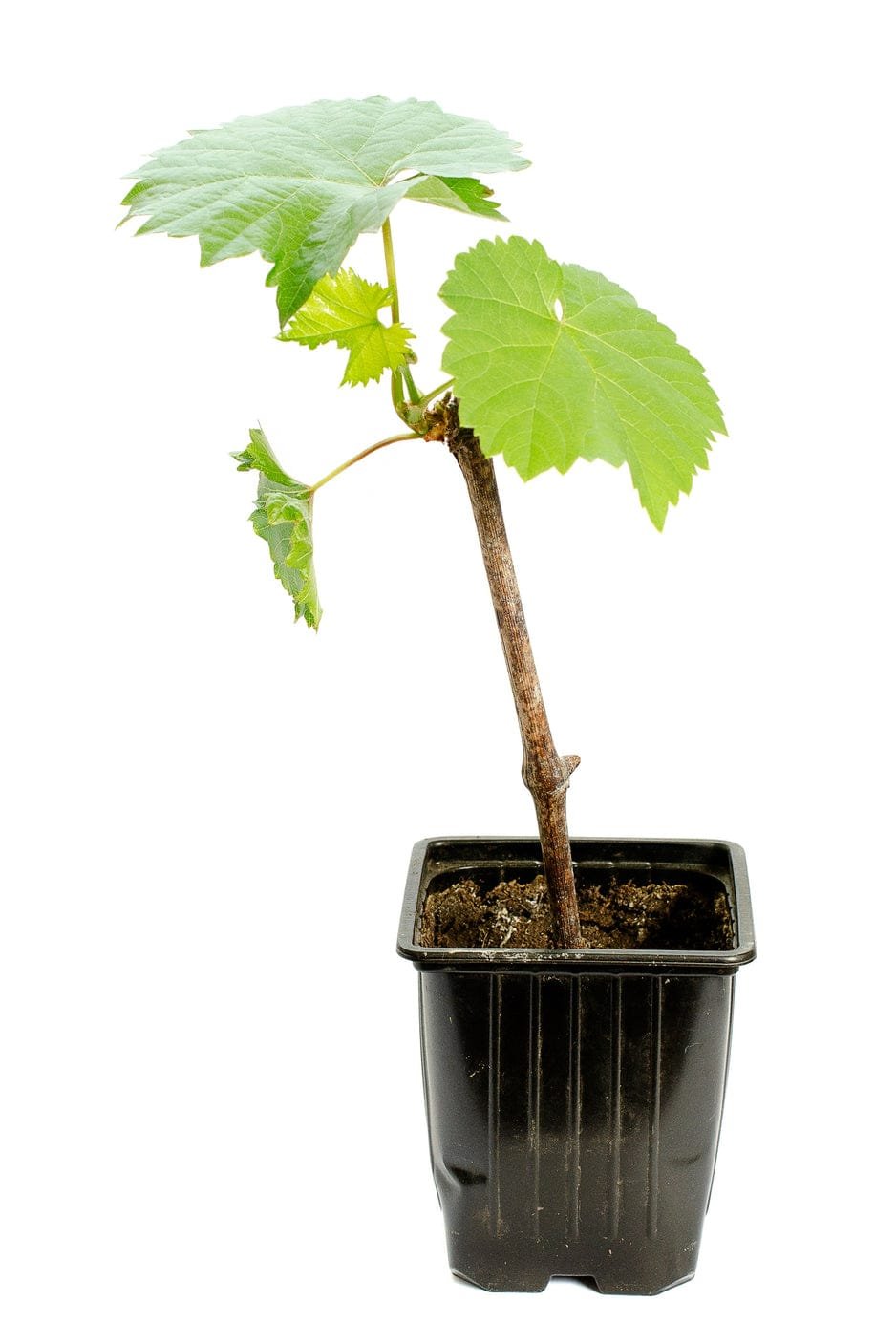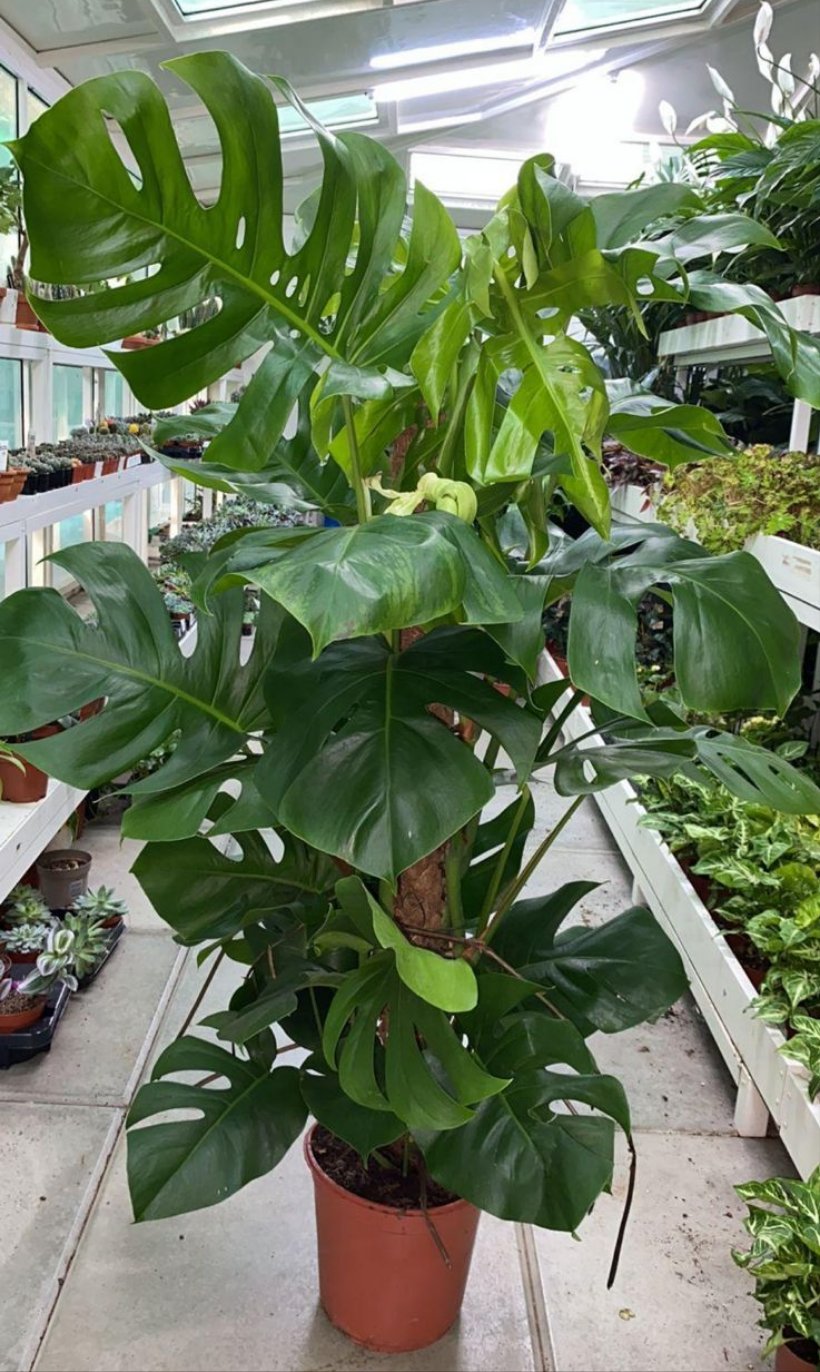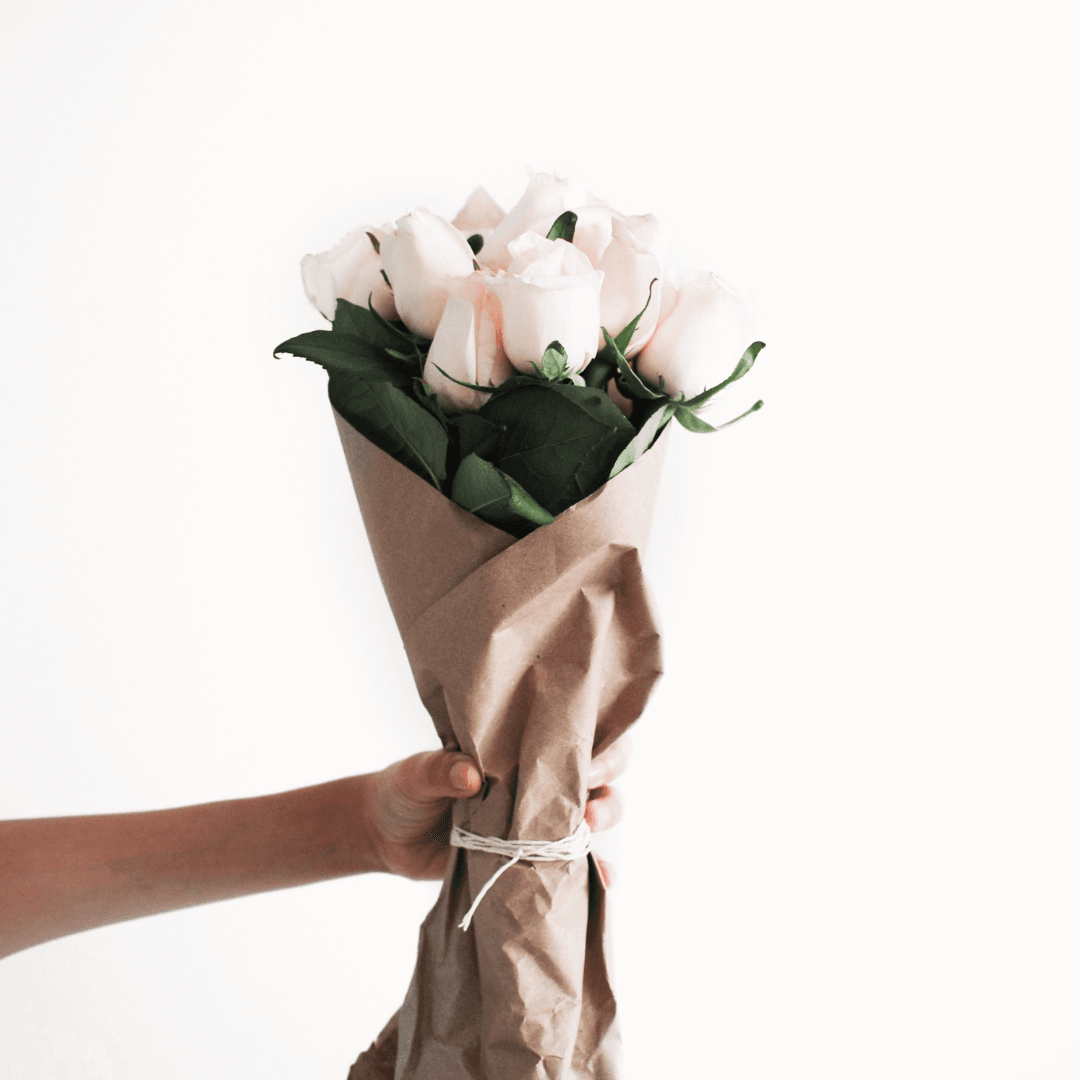Strelitzia Nicolai “Giant White Bird Of Paradise”
The Strelitzia nicolai, commonly known as the Giant White Bird of Paradise, is a stunning, large tropical plant native to South Africa.
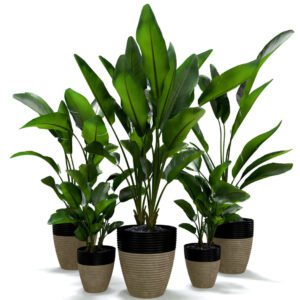
Strelitzia Nicolai “Giant White Bird Of Paradise”
Description
Additional Information
| Size | 130cm – 140cm, 70cm – 80cm |
|---|---|
| Flowers Color | White |
Disclaimer
The image displayed is for reference only. The actual product may differ in shape, appearance, climate, age, height, and other factors. Plants will be delivered in plastic pots unless the customer explicitly selects a different pot option.
All information provided is shared in good faith. However, we make no representations or warranties of any kind, express or implied, regarding the accuracy, adequacy, validity, reliability, availability, or completeness of the information on this site.

